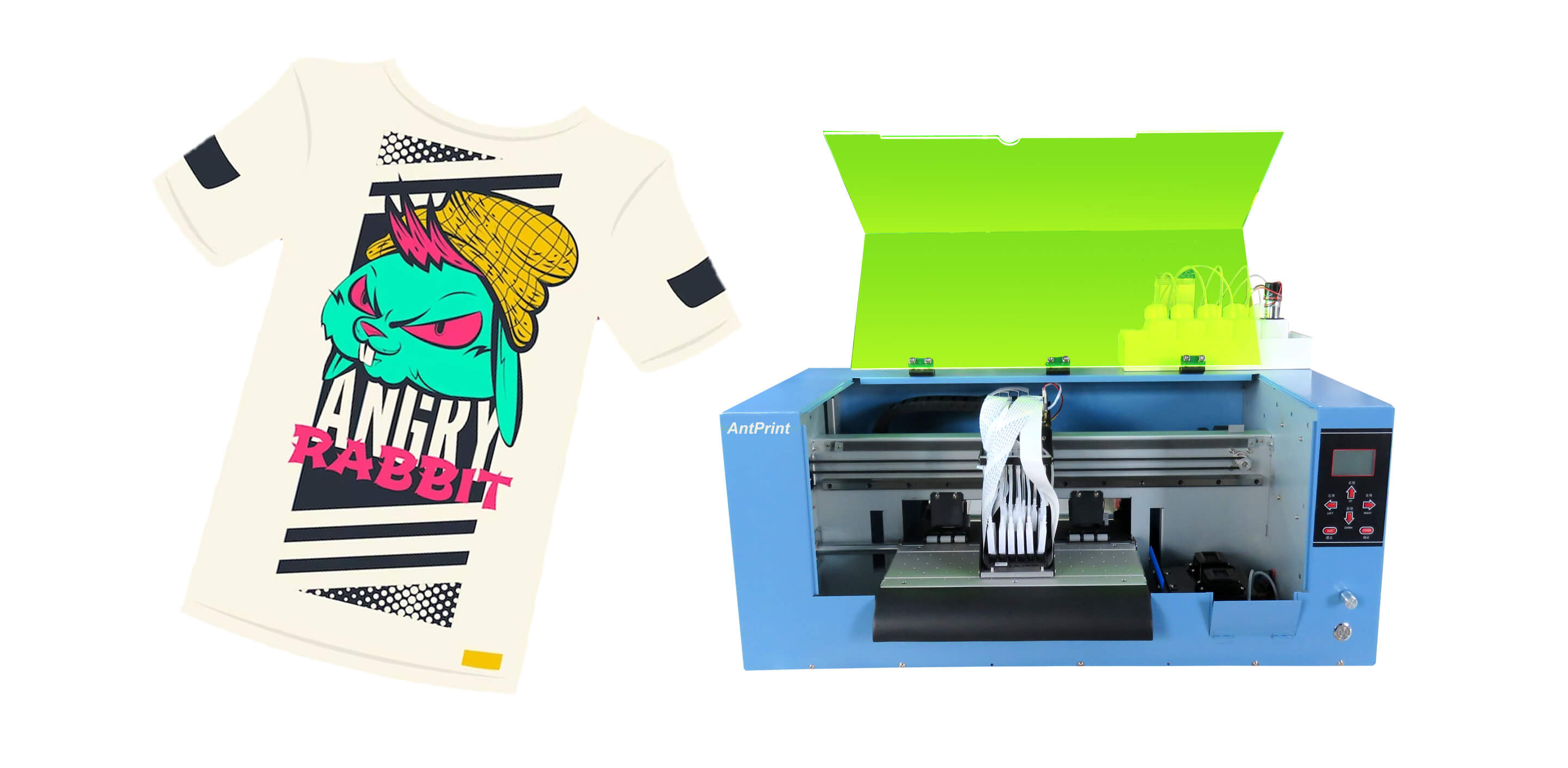Selling custom apparel has never been easier thanks to print on demand.
Selling custom apparel has never been easier thanks to print on demand.
Blog Article
Understanding How Digital Printing Changes the Printing Sector
The printing industry, long steeped in conventional methods, is undergoing an extreme change with the advent of digital printing. With its prospective to stimulate interaction via personalized web content and to supply sustainable solutions, it's clear that electronic printing is more than a technical development; it's a pivotal game changer.
The Development of Digital Printing: A Brief Review
Since its inception, electronic printing has actually undertaken substantial transformations, consistently changing the printing industry. With the development of the 90s, digital printing modern technology began to mature, and the market observed the introduction of straight imaging presses, which removed the demand for printing plates. As the new millennium unravelled, developments in modern technology further spurred the growth of digital printing, leading to the development of high-speed inkjet printers.

Unpacking the Innovation Behind Digital Printing
Exploring the details of electronic printing technology, one encounters a rich tapestry of sophisticated machinery and complex formulas. At the heart of this procedure exists an electronic picture, which is refined by software program that divides it into a grid of dots. These dots are then transformed into a digital code. This code is interpreted by the printer, which utilizes it to specifically deposit beads of ink onto the substratum. The droplets are so tiny and exact that they create a picture that is virtually identical from the original. This detailed system, bolstered by sophisticated software program and high-resolution imaging, has actually changed the landscape of the printing industry, leading the method for extraordinary degrees of detail and precision.

The Advantages of Digital Printing for Services
Comprehending the technology behind digital printing offers a clear photo of its precision and information. Digital printing is environmentally friendly, using less ink and generating much less waste. The complete capacity of digital printing is recognized when used for personalization and personalization, a topic that will certainly be covered in depth in the next section.
The Role of Digital Printing in Customization and Personalization
While traditional printing techniques have problem with my latest blog post customization and personalization, electronic printing excels in these areas. It enables the easy modification of designs, without the requirement for costly and time-consuming plate changes (print on demand). This makes it possible for companies to customize products to private customers, meeting certain requirements and enhancing customer fulfillment
Digital printing additionally permits variable data printing, where components such as Click This Link text, graphics, and photos may be altered from one printed item to the following, without decreasing the printing process. This is especially advantageous for direct advertising projects, where individualized messaging can significantly boost reaction rates. In this way, electronic printing not just changes the printing sector however also transforms the means organizations interact with their consumers.
Evaluating the Ecological Impact of Digital Printing
Although electronic printing has actually been admired for its duty in personalization and personalization, it is essential to analyze its environmental influence. Digital printing can be less inefficient than standard methods, because it operates a 'print on demand' basis, getting rid of the demand for huge print runs that can result in excess and waste. In addition, it uses fewer chemicals and generates much less unstable organic substances (VOCs) compared to offset printing. However, the power use of digital printers can be high, bring about raised carbon impact. The use of non-recyclable printing components and the challenge of e-waste monitoring posture considerable ecological concerns. While digital printing has several advantages, its environmental influence has to be diligently handled.
Verdict
Finally, digital printing has actually changed the printing industry, offering quick, cost-effective, and top quality services. It facilitates customization, boosting consumer involvement, and uses a sustainable print-on-demand design. As this innovation proceeds to evolve, its effect on organization interaction, client contentment, and environmental sustainability ends up being progressively profound. Comprehending these modifications is important for businesses to utilize the go to these guys benefits of electronic printing successfully.
Report this page